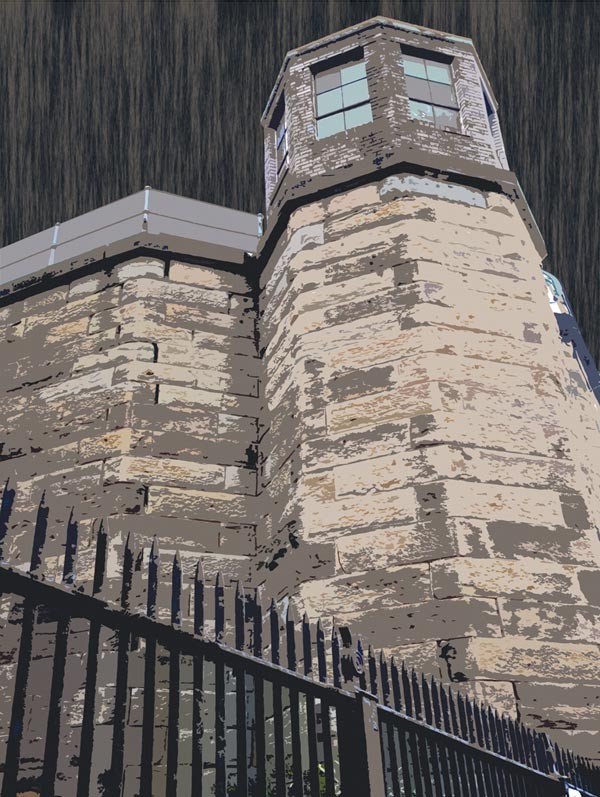
In two preliminary hearings held this month, prisoners appeared before district judges to testify about alleged abuse by prison guards at the State Correctional Institution at Pittsburgh. During those hearings, Assistant District Attorney Jon Pittman asked prisoners to identify in court the men who abused them — a practice familiar from countless TV courtroom dramas.
But things didn't always go according to script; some of the state's witnesses appeared unsure about whom they were supposed to be accusing.
On Jan. 13, for example, prisoner James Turner initially refused to identify his alleged abuser. "It's been longer than a year since I saw these guys," he explained.
Pittman then pulled out a sheet of paper with six faces on it. He showed it to Turner and said, "Point to the officer." Turner did.
During that same hearing, defense attorney David Cercone — representing corrections officer Tory Kelly, 41 — asked Pittman whether the same sheet of paper with the same faces in the same order had been used in every interview with each of the prisoners.
"[The photo array] is exactly the same numbers and format [for all the witnesses]?" Cercone asked. Pittman admitted that it was.
Some prisoners, when asked to identify suspects, pointed to lawyers or uninvolved onlookers instead.
On Jan. 13, District Judge Robert Ravenstahl dismissed all charges against officer Kevin Friess, 31, largely because his accusers had trouble identifying the officer in court. On Jan. 20, District Judge Richard King dismissed charges against officer Brian Olinger, 32; according to a report in the Pittsburgh Post-Gazette, King cited "many inconsistencies that the commonwealth needs to address."
Given the nature of the charges, such apparent memory lapses may seem surprising. The allegations made in January were not as Oz-like as those previously filed against officer Harry Nicoletti, who has been accused of sexually assaulting, beating and verbally harassing inmates. But the charges filed this month — which include assault, witness intimidation and official oppression — are also serious, and prosecutors say they were committed in support of the torments Nicoletti is accused of perpetrating.
But problems with eyewitness testimony are nothing new. And photo arrays of the kind Pittman wielded, and that he said were used in building the prosecution's case, have become increasingly controversial.
The Innocence Project in New York claims that three-quarters of the 252 wrongful convictions it overturned involved false eyewitness testimony. And in a report titled "Reevaluating Lineups," it argues that bad photo arrays are part of the problem.
The report notes that the typical photo array shows suspects all at once, which "increases the tendency for witnesses to make a relative judgment ... choosing the [person] that most resembles the perpetrator," rather than requiring a witness to identify a suspect solely on the basis of the witness' memory. The report advises law enforcement to use a "sequential presentation" of photos, displaying one photo at a time.
In the SCI-Pittsburgh hearings, "All [witnesses] have to do is pick someone they knew was a guard," says Gary L. Wells, a professor of psychology at Iowa State University who has studied eyewitness identification. But at this stage, Wells adds, "identification procedures in court almost don't matter. ... [The prosecution is] not going to win the case based on an inmate pointing at a particular photo."
Indeed, prosecutors are not obliged to present all their evidence at a preliminary hearing. But while prisons are outfitted with networks of surveillance cameras, if footage of the alleged attacks exists, it has not been mentioned in affidavits filed by investigators. And so far, testimony from prisoners is the only evidence prosecutors have presented. At least for the moment, "This case sounds like it comes down to a question of who do you believe," Wells says. That may be a problem for prosecutors down the road.
As Wells puts it, "Do you believe the inmates who could very well be making up the story? Or do you believe, as the defense is going to say, these public servants accused in front of the court?"














